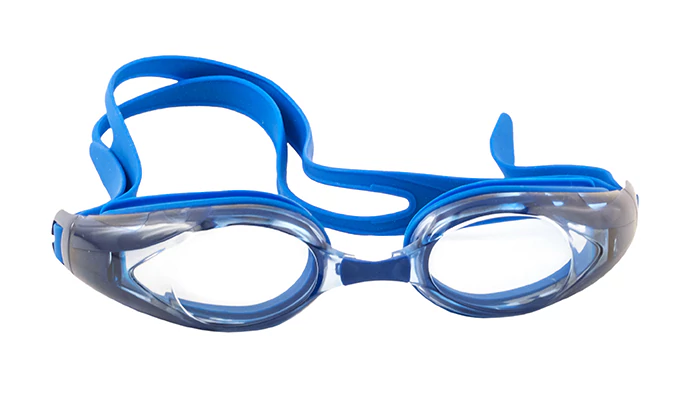The importance of sunglasses on outdoor trips: Dangers and protective tips
Learn how to choose sunglasses, wear protective gear, and reduce UV exposure to safeguard your eyes.
- Shriparna
- 23 March, 2025
- 2 mins ago

The importance of sunglasses on outdoor trips: Dangers and protective tips
Learn how to choose sunglasses, wear protective gear, and reduce UV exposure to safeguard your eyes.
Spending time outdoors is a great way to rejuvenate the body and mind, but while many of us focus on protecting our skin from the sun’s harmful rays, we often forget about safeguarding our eyes. Whether you're hiking in the mountains, biking through the countryside, or lounging at the beach, wearing sunglasses and using proper eye protection is essential for maintaining eye health during outdoor activities.
The dangers of UV radiation for your eyes
UV rays are a form of invisible radiation that comes from the sun and can have harmful effects on both your skin and eyes. There are two types of UV rays that affect the eyes: UVA and UVB. While UVA rays are responsible for long-term damage like cataracts, UVB rays can cause more immediate effects like sunburn of the eye, also known as photokeratitis.
The role of sunglasses in eye protection
Wearing sunglasses is the most effective way to shield your eyes from UV radiation when you're outdoors. However, it’s not just about picking any pair of sunglasses; the right sunglasses offer 100% UV protection and block both UVA and UVB rays.
Eye protection beyond sunglasses
While sunglasses are a critical component of protecting your eyes, certain outdoor activities require additional protective gear. For example, sports like skiing, snowboarding, and water sports expose your eyes to extreme conditions such as glare and wind, which can cause irritation and increase UV exposure.
Goggles and shields
For activities in snowy or aquatic environments, consider wearing goggles with UV protection. Snow and water reflect a high percentage of UV rays, meaning you're exposed to more radiation than usual. Goggles not only protect you from UV rays but also shield your eyes from wind, sand, and water.

The importance of eye protection in different environments
UV radiation can be particularly intense in certain environments, making eye protection even more critical.
At the beach
Sand and water are highly reflective surfaces, meaning they bounce UV rays into your eyes even when you're not looking directly at the sun. In such settings, it’s essential to wear UV-blocking sunglasses and a hat to reduce exposure.
In the mountains
The intensity of UV rays increases at higher altitudes, so if you're hiking, climbing, or skiing, your eyes are at greater risk. At high altitudes, the air is thinner, allowing more UV radiation to pass through. Invest in sunglasses or goggles that are specifically designed for extreme UV conditions.
On snowy terrain
Snow reflects up to 80% of UV rays, which can lead to photokeratitis (snow blindness) if your eyes are unprotected. Ski goggles with UV protection are vital to shield your eyes from both the reflection off the snow and the direct sunlight.
Whether you're spending the day at the beach, hiking in the mountains, or simply taking a stroll in the park, protecting your eyes from UV rays is essential to maintaining long-term eye health. By choosing the right sunglasses, wearing protective gear like goggles when necessary, and staying mindful of your exposure in different environments, you can reduce your risk of eye damage and enjoy your outdoor adventures safely. Keep your eyes healthy, comfortable, and protected with consistent and proper UV eye care.










